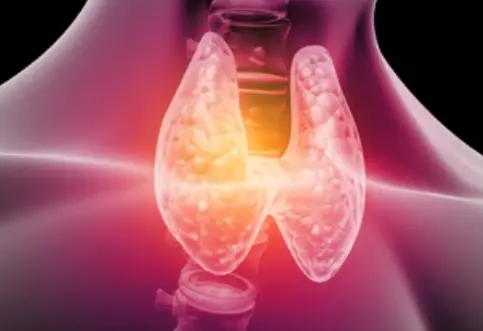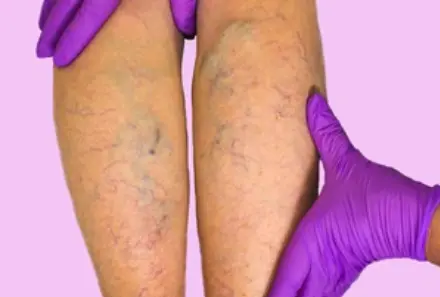 Welcome
Welcome
“May all be happy, may all be healed, may all be at peace and may no one ever suffer."
Raynauds disease - Generics
Raynaud's disease is a condition that affects the blood vessels in the fingers and toes, causing them to narrow and reduce blood flow to the affected areas. This can result in symptoms such as numbness, tingling, and pain in the affected areas, as well as changes in skin color.
Raynaud's disease can be classified as primary or secondary. Primary Raynaud's disease, also known as Raynaud's phenomenon, occurs on its own and is not associated with any underlying medical conditions. Secondary Raynaud's disease is associated with underlying medical conditions such as autoimmune diseases, connective tissue disorders, or exposure to certain medications or chemicals.
The symptoms of Raynaud's disease can often be managed through lifestyle changes and self-care measures such as keeping the hands and feet warm, avoiding triggers such as cold temperatures or stress, and quitting smoking. In some cases, medications such as calcium channel blockers or topical nitroglycerin may be prescribed to help widen blood vessels and improve blood flow.
For people with secondary Raynaud's disease, treatment may focus on managing the underlying medical condition that is causing the condition.
In severe cases of Raynaud's disease, surgery may be recommended to improve blood flow and reduce symptoms. This may include procedures such as sympathectomy, which involves cutting or blocking nerves in the affected area to improve blood flow.
Regular monitoring and follow-up with a healthcare provider is important for people with Raynaud's disease to monitor symptoms, adjust treatment as needed, and prevent complications such as skin ulcers or tissue damage.

Mild diarrhea

Endophthalmitis

Congenital ichthyosis

Acute nonspecific gastroe...

Lactation

Thyroid carcinoma

Chronic hepatitis B

Adrenocortical insufficie...
Raynauds disease, রায়নাউদের রোগ
To be happy, beautiful, healthy, wealthy, hale and long-lived stay with DM3S.